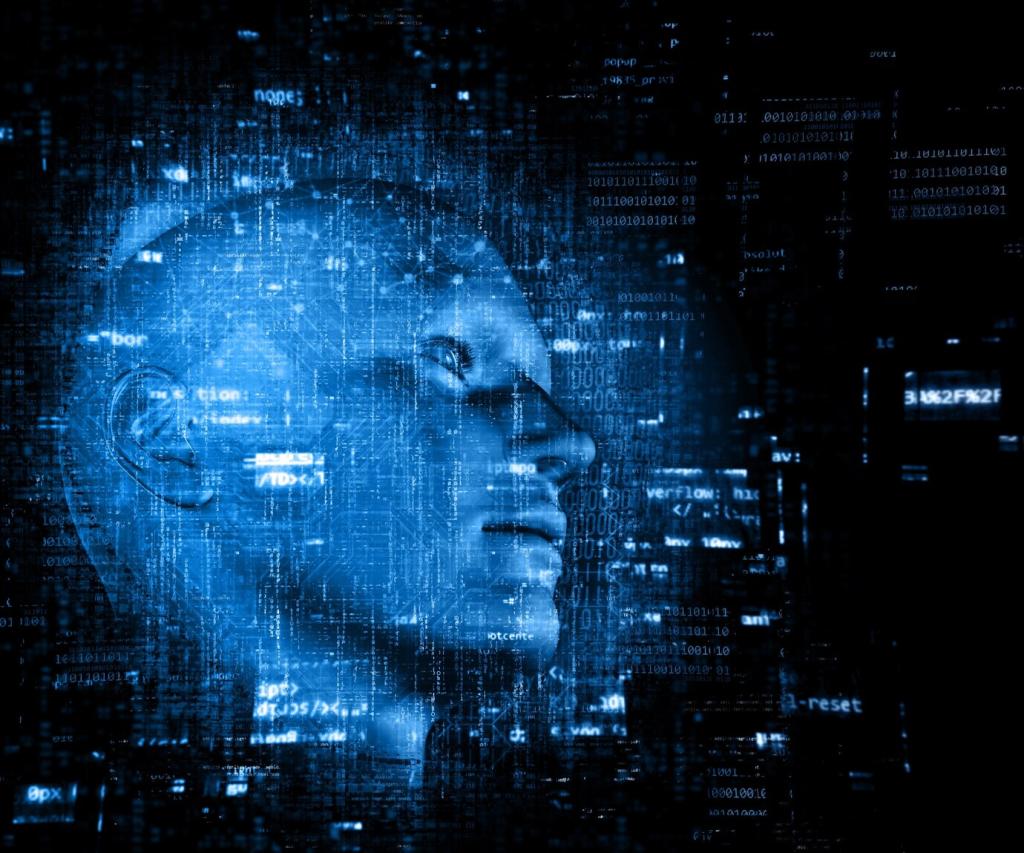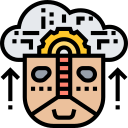How AI is Shaping the Future of Medical Diagnostics
Artificial intelligence is revolutionizing the medical diagnostics landscape, ushering in a new era of precision, speed, and accessibility in healthcare. By leveraging powerful algorithms and vast amounts of data, AI systems are augmenting human expertise and offering novel insights that were once thought impossible. This transformation is not just about automating old processes but rethinking how diagnoses are made, how quickly results are delivered, and how accurately conditions can be identified. The ripple effects are being felt across hospitals, research labs, and everyday clinical settings, promising improved patient outcomes and greater efficiency within healthcare systems.
The Evolution of Diagnostic Techniques
From Manual to Machine-Assisted Analysis
Traditionally, the diagnostic process has been manual, involving physical examination, laboratory tests, and the expertise of specialized physicians to interpret results. This setting, while effective, is vulnerable to human error, fatigue, and occasionally, oversight due to the complexity or rarity of certain conditions. The integration of AI tools into diagnostic processes transforms this model by automating the analysis of medical images, lab data, and patient records. These AI-driven systems are designed to handle large volumes of information rapidly, flagging abnormalities that might be missed during a conventional review. Moreover, their ability to cross-reference current cases with millions of historical examples provides clinicians a comprehensive perspective, enhancing diagnostic confidence and reducing the margin of error.
Speed and Efficiency Gains in Medical Testing
One of the most significant ways AI is shaping diagnostics is through unparalleled improvements in speed and efficiency. For example, image recognition algorithms can sift through thousands of scans in a fraction of the time required by a human radiologist. In laboratory settings, AI-powered platforms can prioritize urgent samples, automate result interpretation, and alert healthcare providers to critical findings. This acceleration is particularly important in time-sensitive conditions, where early diagnosis can make the difference between life and death. The streamlined workflows resulting from these advancements not only optimize resource allocation in busy clinical environments but also mean that patients receive their diagnoses and subsequent treatments much sooner.
Increasing Accuracy Through Advanced Pattern Recognition
AI’s advanced pattern recognition capabilities bring new dimensions of accuracy to diagnostics. Deep learning models are trained on vast datasets of medical images and patient outcomes, enabling them to recognize subtle markers or atypical presentations that can elude even experienced professionals. This accuracy is especially valuable in complex or uncertain cases, such as rare diseases or cancers with ambiguous early symptoms. AI’s consistent, objective analysis eliminates the variability introduced by human factors and provides reliable, repeatable results. Over time, as AI models ingest even more data, their sensitivity and specificity continue to improve, leading to earlier and more definitive identification of diseases.
AI’s Role in Expanding Diagnostic Access
Remote Diagnostics and Telemedicine
AI has become an integral enabler of remote diagnostics, empowering healthcare providers to offer expert opinions without requiring patients to travel long distances. Through telemedicine platforms, clinicians can access AI-driven diagnostic tools that analyze patient data and medical images uploaded from afar. This capability is transformative for rural regions, where specialist physicians may be scarce, and travel presenting significant barriers to timely care. By automating initial screenings and risk assessments, AI allows healthcare workers to triage cases more effectively and ensure that those requiring urgent attention receive appropriate consultation. The seamless blend of telemedicine and AI paves the way for a future where geographic boundaries no longer limit access to quality diagnostics.


AI-Powered Mobile and Portable Devices
Another remarkable area where AI is broadening diagnostic reach is through mobile and portable devices. These devices, equipped with AI algorithms, can conduct a range of analyses, from basic vital signs monitoring to sophisticated imaging interpretation, right at the patient’s side. In resource-limited settings, community health workers can use smartphones or AI-enabled handheld scanners to gather patient data that is then analyzed on the spot or transmitted for remote review. This immediate feedback loop significantly cuts down waiting times and allows early intervention for conditions that might otherwise go undetected. The continuous evolution of compact, cost-effective diagnostic tools powered by AI holds promise for transforming primary care and point-of-care diagnostics worldwide.
Integrating AI with Human Expertise
In medical diagnostics, the best outcomes arise when AI and clinicians work hand in hand. The human-in-the-loop model ensures that AI suggestions are never blindly followed but are instead used as support for the final decision-making process. Physicians review AI-generated reports and recommendations, combining them with their own understanding of the patient’s history, symptoms, and unique circumstances. This partnership allows for the application of clinical wisdom and ethical considerations that machines alone cannot provide. It also adds an essential layer of oversight, ensuring that rare anomalies or unforeseen issues are caught and addressed. Ultimately, the integration of human judgment with AI-driven analysis creates a diagnostic workflow that is greater than the sum of its parts.
The rise of AI in diagnostics is reshaping medical education, preparing emerging clinicians to collaborate with advanced digital tools as part of their professional arsenal. Training programs increasingly include components on interpreting AI-generated results, understanding algorithmic biases, and responsibly integrating technology into patient care. This approach ensures that tomorrow’s doctors are not only familiar with traditional clinical skills but are also proficient in leveraging AI to enhance diagnostic accuracy and efficiency. By instilling these competencies early, medical institutions help foster a new breed of healthcare professionals who can effectively navigate and lead the evolving landscape of AI-powered medicine.
For AI to achieve its full potential in medical diagnostics, patients must have confidence in the technology’s reliability, safety, and transparency. Clinicians play a crucial role in fostering this trust by explaining how AI tools are used in their care and ensuring that human oversight is always present. Providers can reassure patients that AI augments, rather than replaces, their medical judgment. Transparency about the benefits and limitations of AI systems helps allay fears and empowers patients to engage more actively in their diagnostic journey. As trust in these technologies grows, patients are likely to experience greater satisfaction with their care and embrace the innovations that AI brings to diagnostics.
